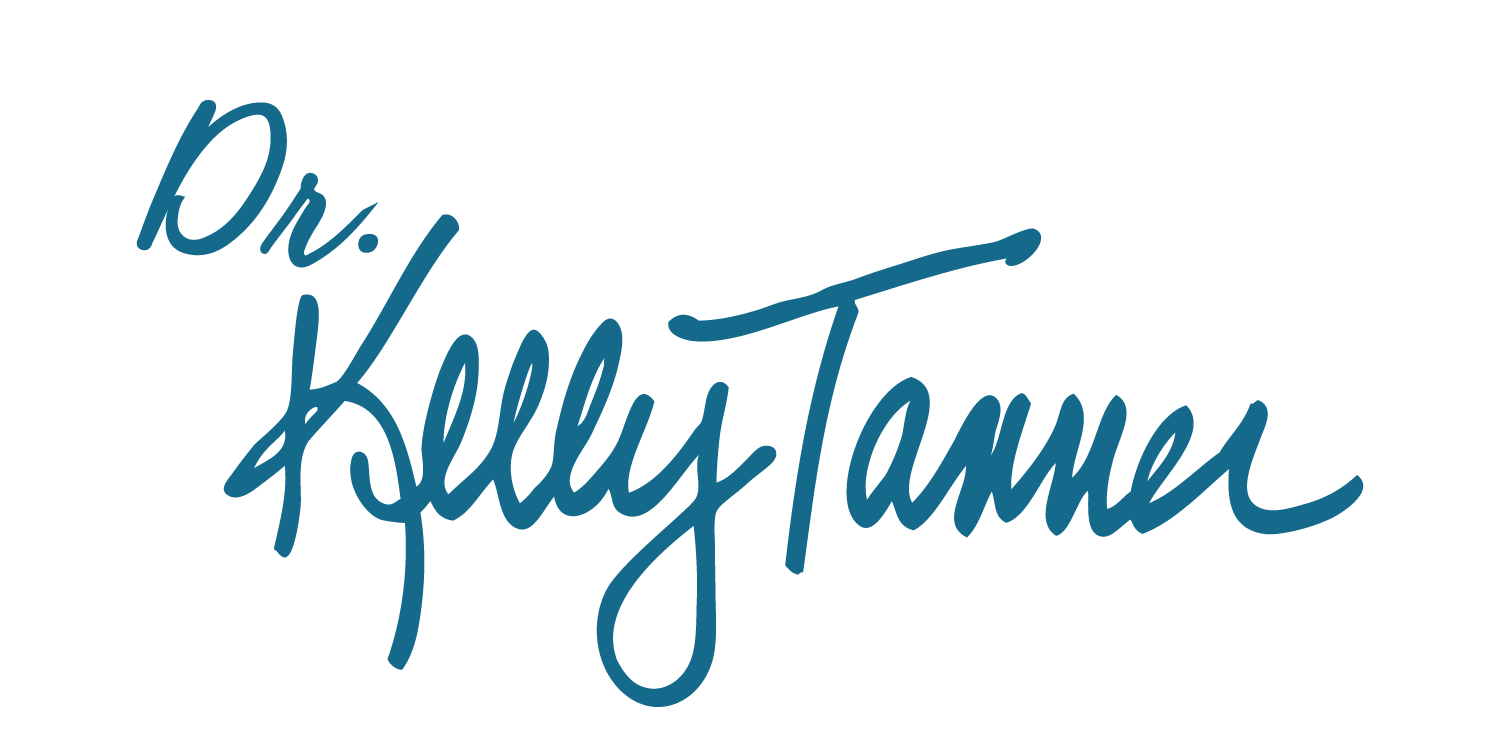Effective Communication in the Workplace: Insights from a Leadership Expert
In today's fast-paced professional environment, effective communication and leadership skills are crucial for maintaining a positive workplace culture and preventing burnout. Catherine Sellery, an expert in conflict resolution and leadership, shares valuable insights on improving workplace dynamics, particularly in high-stress environments like dental practices.
The Importance of Authentic Connections
Sellery emphasizes that authentic connections form the foundation of all solid relationships. She states, "If we don't start really feeling like I get you or you get me, then we're not building on anything authentic." This principle applies equally to professional settings, where understanding colleagues and clients is essential for successful interactions.
Addressing Workplace Stress and Burnout
Creating a Culture of Prevention
Sellery advocates for a preventive approach to workplace stress:
Regular check-ins: Encourage team members to assess their stress levels.
Implement stress-relief practices: Consider incorporating breathing exercises or meditation breaks.
Foster a supportive environment: Promote a culture where team members feel comfortable seeking support.
Improving Communication
Key strategies for enhancing workplace communication include:
Recognize non-verbal cues: Pay attention to body language and facial expressions.
Address issues promptly: Don't let resentment build-up due to unaddressed concerns.
Practice active listening: Focus on understanding the speaker's perspective rather than just their words.
The Role of Personal Responsibility in Communication
Sellery introduces a crucial concept: understanding that others are not responsible for our feelings. She explains, "If we feel as though other people are responsible for our feelings and we're in that victim blame consciousness, like, you know, when you did that, you made me feel like, oh my God. So that would be the first thing is to recognize within myself, do I still blame other people for how I feel?"
This mindset shift can significantly improve workplace interactions by:
Reducing blame and defensiveness
Encouraging personal accountability
Promoting more constructive dialogues
Practical Steps for Better Workplace Interactions
Practice curiosity instead of judgment: When faced with a colleague's negative behavior, approach the situation with curiosity about their perspective rather than immediately taking offense.
Use "I" statements: Express your own feelings and needs rather than accusatory "you" statements.
Encourage collaborative problem-solving: Involve all team members in finding solutions to workplace issues.
Establish regular check-ins: Schedule frequent, short meetings to address concerns before they escalate.
Promote a wellness-oriented practice: Integrate wellness principles into the workplace culture, recognizing that a healthy team leads to better patient care.
The Three R's: Retaliation, Rebellion, and Resistance
Sellery introduces the concept of the "Three R's" that often arise in leadership contexts:
Retaliation
Rebellion
Resistance
Understanding these responses can help leaders and team members navigate conflicts more effectively. Sellery suggests that these reactions often occur when individuals feel they haven't been part of creating a solution or when they feel their autonomy is threatened.
Conclusion
Effective communication in the workplace is essential for maintaining a positive environment, reducing stress, and preventing burnout. By focusing on authentic connections, personal responsibility, and collaborative problem-solving, professionals can create a more supportive and productive workplace culture. Remember, anyone can take the initiative to improve communication, regardless of their position in the organizational hierarchy.
Keywords: workplace communication, leadership skills, conflict resolution, burnout prevention, dental practice management, effective teamwork, professional development

